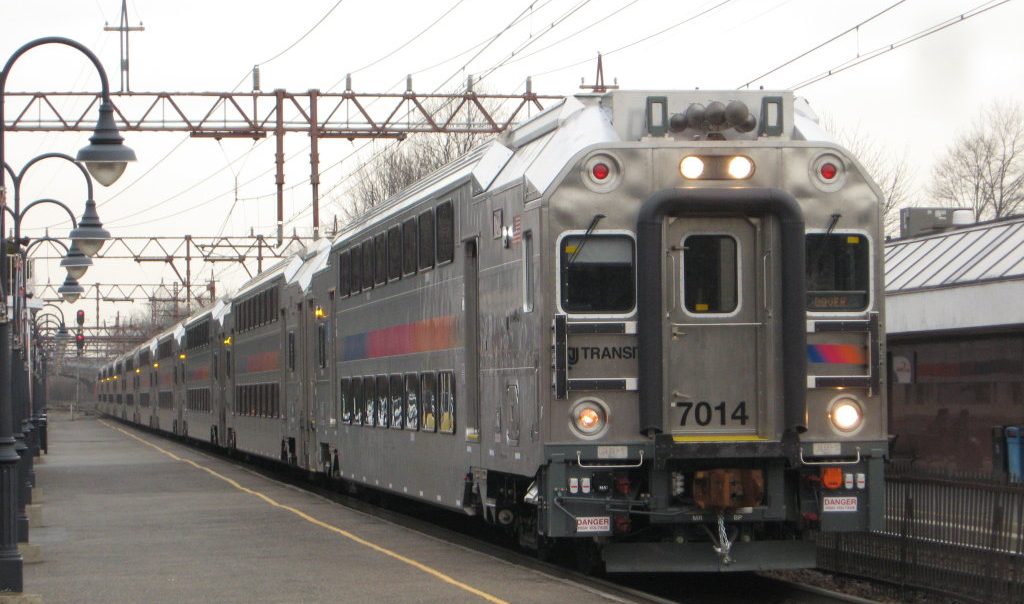
Join Our Next Meeting!
Monday, March 25th, 6:45–9:00 p.m.
Millburn Town Hall, 375 Millburn Avenue, Millburn, N.J.
This month, we host Gregory Woods and Joseph Tassiello from NJ Transit’s Light-Rail Division. We’ll talk about RiverLine, Hudson Bergen Light Rail, and the Newark Light Rail.
Millburn Conference Room is a great location for our in-person attendees. We’ll also be using Zoom for online participation. To join us by phone or computer, e-mail us at info@lackawannacoalition.org to get the Zoom registration information. Details here.
State Budget Hearings
The legislature has started “budget season”, with hearings all this month and the final budget due by June 30th. We’ll be testifying on March 19th and 20th, and value community input on priorities. From the Newark fare-increase hearing, we heard that it is inappropriate to increase fares when service is substandard and that NJ Transit needs to set better spending priorities before asking for fare increases. Please send your thoughts to info@lackawannacoalition.org.
For general information check our forums—newsletters and meeting agendas are posted there.